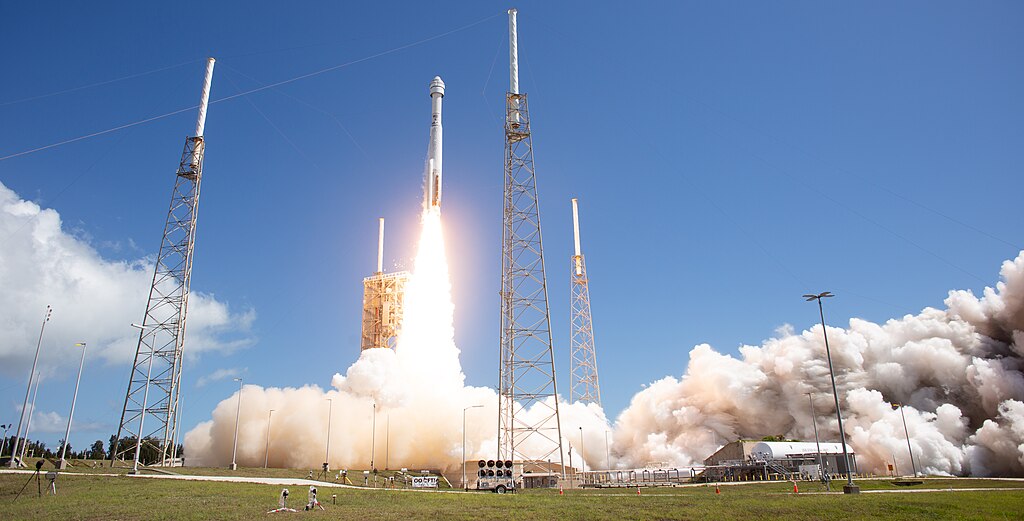After many years of delays and a series of false-starts over the past few months, on the morning of June 5th 2024 the Boeing Starliner spacecraft successfully carried a crew of two – Barry Willmore and Sunita Williams, into orbit and onto a successful docking with the International Space Station on what is a currently ongoing test flight.

There were quite a few firsts for this launch: the first woman to pilot a spacecraft on its first crewed mission, the first crewed mission to launch from SLC-41 at Cape Canaveral Space Force Station, the first time humans had ridden an Atlas family rocket since the end of the Mercury program in 1963. Granted, Atlas V is an Atlas mostly in name only, as it’s an entirely different vehicle from the ICBM derived Atlas of the Mercury program, but still, it’s in the family regardless and does have a pedigree dating back to those original missiles. It also marks the first time humans will have been orbited using the Centaur upper stage. While the S-IVB of the Saturn V was a similar LH2-LOX upper stage, and the Space Shuttle too used LH2-LOX for the RS-25 main engines, this is the first time a good old Centaur had the chance to take humans into space, and it did its job fantastically, as ULA hardware tends to do.
It also, thankfully, finally gave our domestic flights to the space station a second option beyond the monopoly that SpaceX had been effectively granted. My opinions of SpaceX are well known but it suffices to remind readers here that I feel they wish to take complete control over humanities future in space and that such cannot be allowed. Continuing forward with this, admittedly, over-budget and much delayed program that Starliner is will still help to alleviate this from happening, as just one step of many in the upcoming decades.
It should be noted as well that the Starliner capsule that was launched, Calypso, is the same one used in the first test flight in 2019. Yep, Starliner is reusable. Since that’s all some people in the space community seem to care about, I guess they should be happy with this, but, you know, they aren’t. They never will be.
Anyway, while, yes, the vehicle has helium leaks, it’s still doing fine in orbit, docked safely with the ISS. The crew seemed to have no problems with the ride to orbit.
Yeah, this is just a test flight: one that is years behind schedule, but goddamnit it happened, and that’s the important thing. Just like Artemis I, it has finally flown and is showing to, even with problems, be capable of its job. Damn the expense, it’s peanuts compared to the money waste on wars over the past two decades: I’m just damn glad to see it succeed and for the NASA Commercial Crew Program to have another launch provider and spacecraft ready to carry crew and supplies to the ISS and beyond.
Anyway, as for the launch itself, we have the ULA Launch highlights and the NASA Livestream linked below. Enjoy.
https://en.wikipedia.org/wiki/Boeing_Crew_Flight_Test

1 Comment
Add a Comment